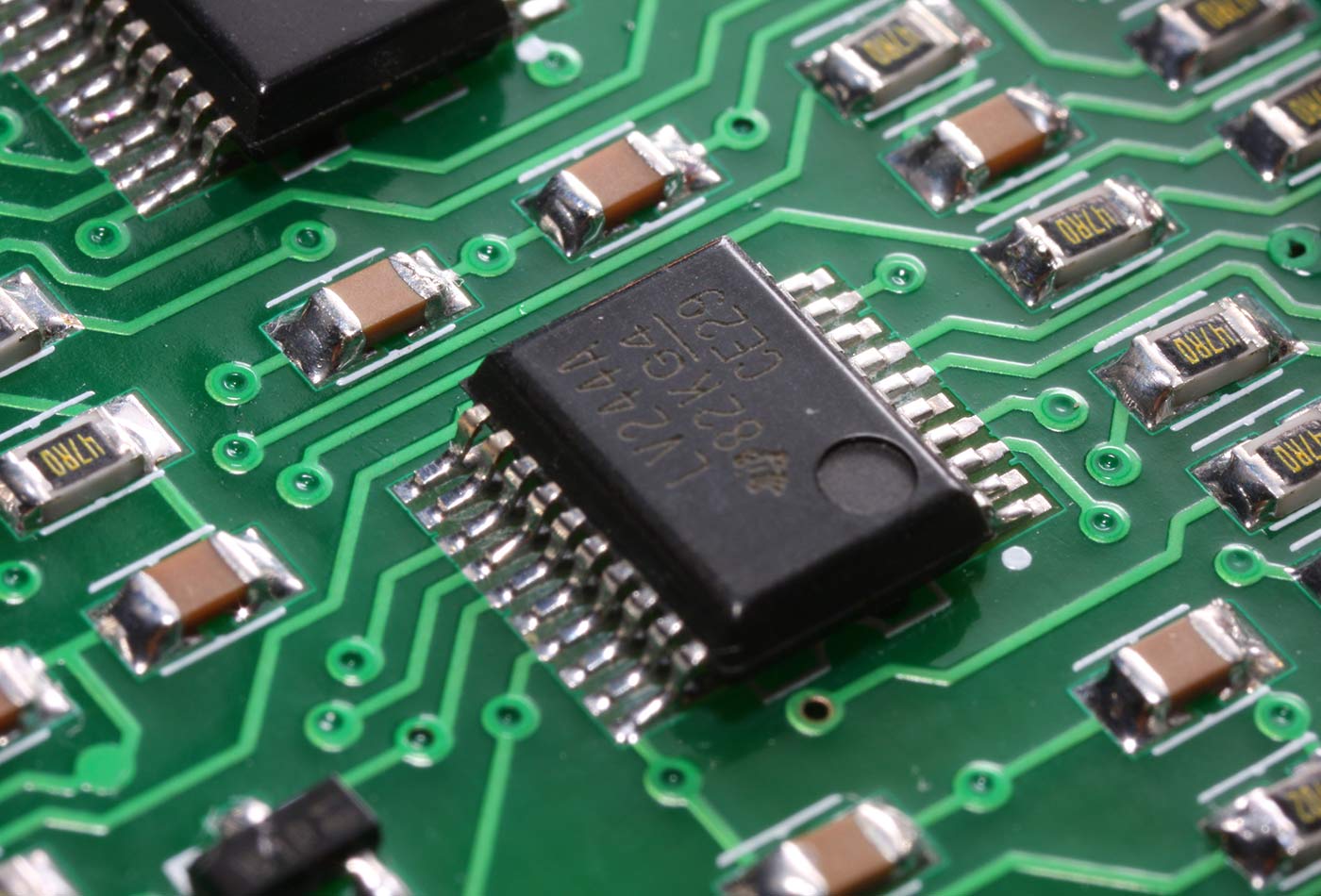Getting started with FPGAs
The O’Reilly Hardware Podcast: Field Programmable Gate Arrays are getting easier
 JTAG board 1. (source: Andrew Magill)
JTAG board 1. (source: Andrew Magill)
In this episode of the Hardware podcast, O’Reilly editor Brian Jepson and I talk about what FPGAs can do, how they’re getting more approachable for beginners, and the parallels between FPGAs and microcontroller boards such as the Arduino.
Products discussed include:
- Justin Rajewski’s upcoming Learning FPGAs book, and Embedded Micro, where you can learn more about Rajewski’s Mojo FPGA board.
- Lattice Semiconductor’s iCEstick, an FPGA on a USB stick
- Project IceStorm, open source software for working with the iCEstick
- National Instruments’ LabVIEW system design software for working with FPGAs
- The Red Pitaya single-board control platform (disclosure: Brian is an uncompensated adviser to the Red Pitaya project. Red Pitaya has sponsored the Rhode Island Mini Maker Faire in the past, which Brian co-founded in 2009)
This week’s click spirals:
Brian Jepson: The Emacs text editor and its Easter-egg chatbots
Jon Bruner: The legal concept of “puffery,” which allows for businesses to make claims that are transparently exaggerated. One strange result of this is that mild exaggerations might be illegal, while outlandish claims are legally protected. In 2000, the U.S. Court of Appeals for the Fifth Circuit found in Pizza Hut v. Papa John’s that the slogan “better ingredients, better pizza” constituted puffery. In doing so it reversed a district court decision that delved into a detailed appraisal of the differences between the pizzas of Papa John’s and Pizza Hut.
